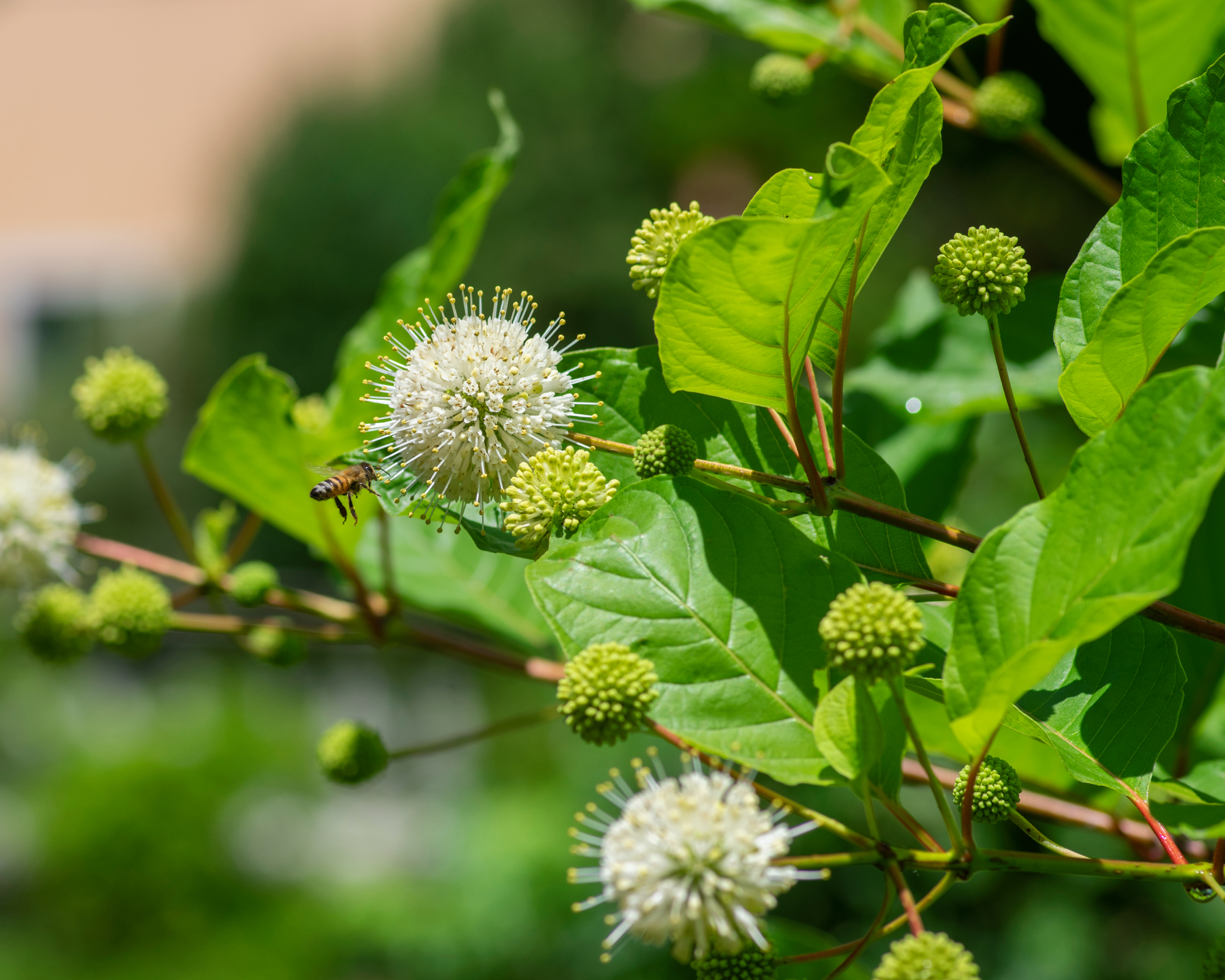Moon Garden Plants: Try These 8 Fragrant Blooms And Night Blooming Flowers For Pollinators
Want to grow a garden of delights that comes into its own in the evening? Create the ultimate moon garden with these night blooming flowers for pollinators

Amy Draiss

Nighttime pollinators need the same consideration we give daytime pollinators – with support for food, shelter and sanctuary. By growing plants for nocturnal pollinators in a moon garden, we can help protect them and help perpetuate the species. An effective pollinator garden needs to include some plants that flower at night to attract night pollinators such as moths, fireflies, nocturnal beetles, night-flying bees and nectar-feeding (and insect-feeding) bats to your yard.
Growing night blooming plants for pollinators is a vital step in encouraging these precious garden visitors to your yard. They are also enchanting in their own right, evoking mood and bliss with their heady fragrance, pale colored blooms, and variegated foliage to reflect the moonlight. Here are some of the most delightful nocturnal flowers for pollinators.
Choosing Plants and Flowers for a Moon Garden
Fill your evening scent garden with native night-blooming plants for pollinators. Including knockout natives is a great way to foster the healthiest and strongest local ecosystem for visiting pollinators. Also consider larval host plants for night pollinators, such as oak, river birch, leadplant, aster, blazing star, goldenrod, and milkweed. Provide shelter by leaving leaf litter on the ground, planting flowers with hollow stems for the bees, and planting native conifers where fireflies like to rest.
As well as growing flowers that bloom at night for pollinators, you can assist with evening pollination by reducing artificial light. Bright light can disorient insects and interfere with gathering food, finding mates, or evading predators. Simply pulling down the shades at night will help – so they can fully benefit from these delightful plants and flowers. Here are some favorite night blooming plants for pollinators.
1. Honeysuckle
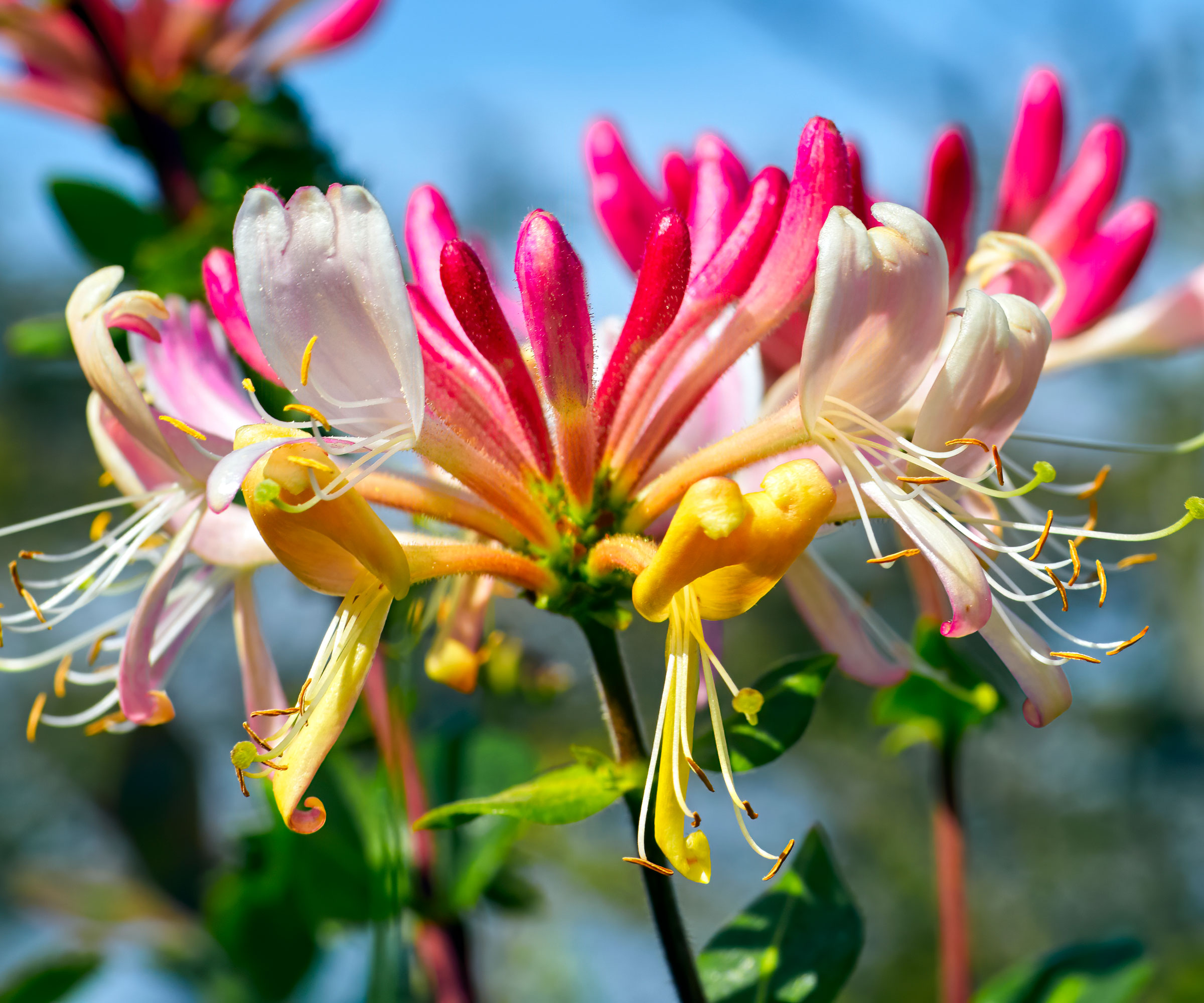
Common honeysuckle (Lonicera periclymenum) is showy as well as fragrant. Considered a vining shrub, it typically grows to 12ft (4m). The two-lipped blooms are crimson on the outside and yellow and white on the inside. Flowering begins in July and continues until frost. It is hardy to USDA zone 4 and prefers full sun to part shade in well-drained soil.
These are great plants for nocturnal pollinators. The fragrant blooms continue to perfume the air into the night. You can get some delightful colors of honeysuckle, but for the most intoxicating fragrance, try ‘Scentsation’ by Burpee – an early blooming, long flowering beauty.
2. Flowering Tobacco
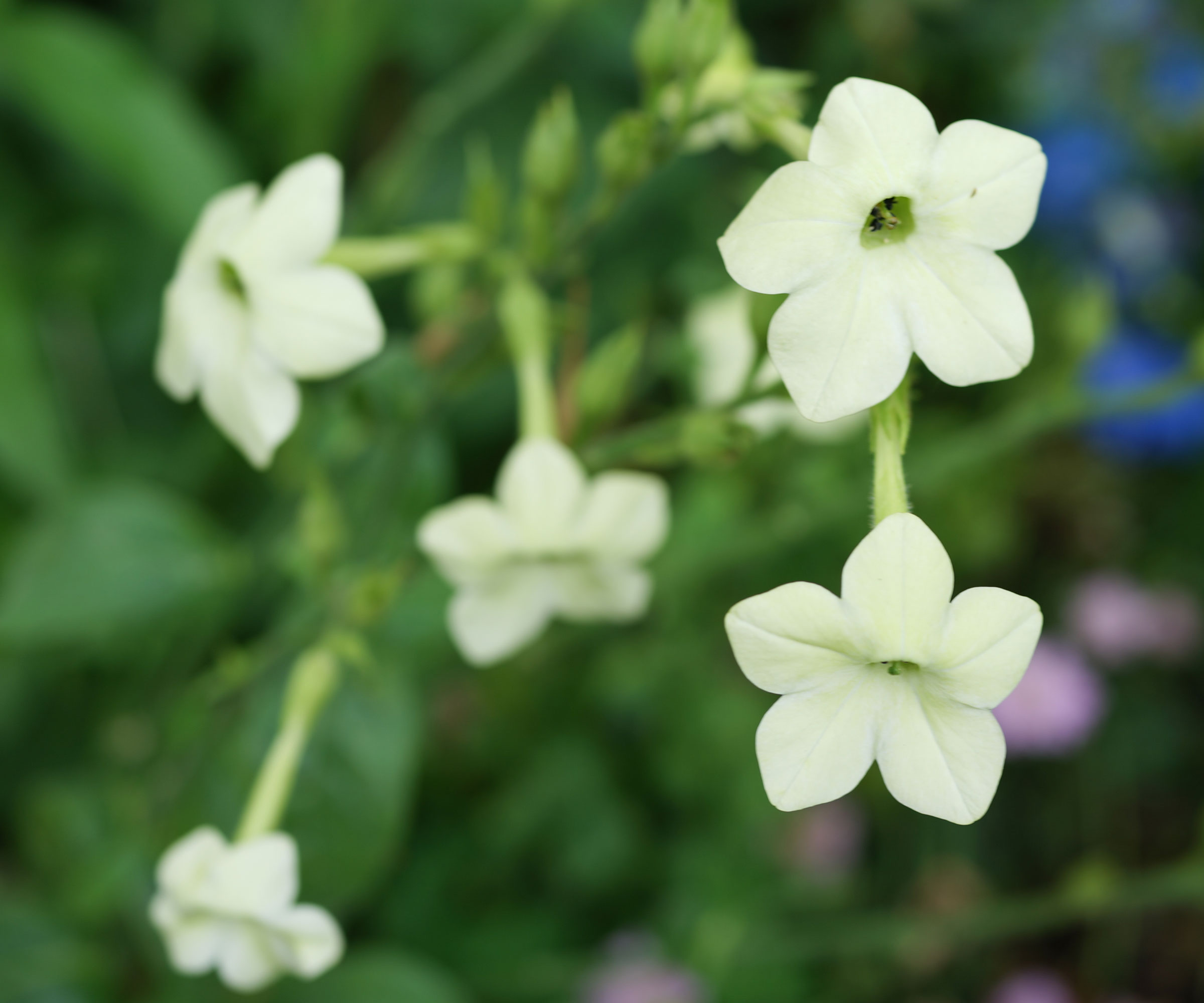
Flowering tobacco (Nicotiana alata) has fragrant flowers which open only at night, so they attract a lot of moths. Many nicotiana hybrids from the garden center open during the day and are not fragrant. The true species can be grown easily from seed.
Sign up for the Gardening Know How newsletter today and receive a free copy of our e-book "How to Grow Delicious Tomatoes".
Flowers are trumpet shaped in green, white, yellow, or red. Grow these nocturnal plants for pollinators in full sun to part shade in moist, well-drained soil with lots of organic matter. Nicotiana is usually grown as an annual. While you can get cream and white and pale green varieties, breeds such as ‘Heaven Scent’ Nicotiana by Burpee allow you to enjoy a medley of translucent blooms with multi-tones.
3. Common Evening Primrose
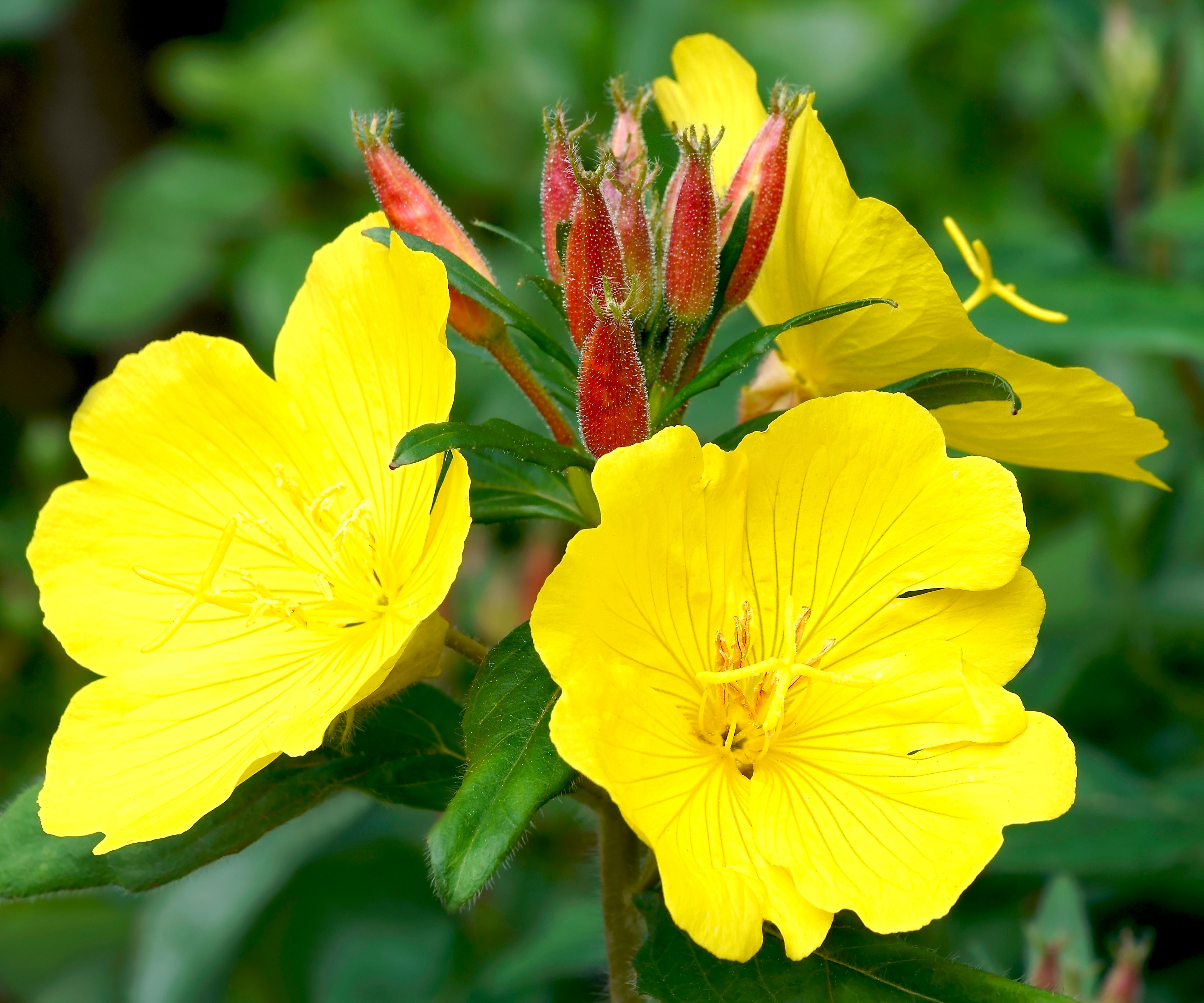
Common evening primrose (Oenothera biennis) is a biennial with lemon-yellow flowers and an upright habit from 1-5ft (0.3-1.5m). Plant evening primrose in full sun to part shade and poor, dry soil. The flowers open in the evening and last until noon the next day.
4. Evening Stock
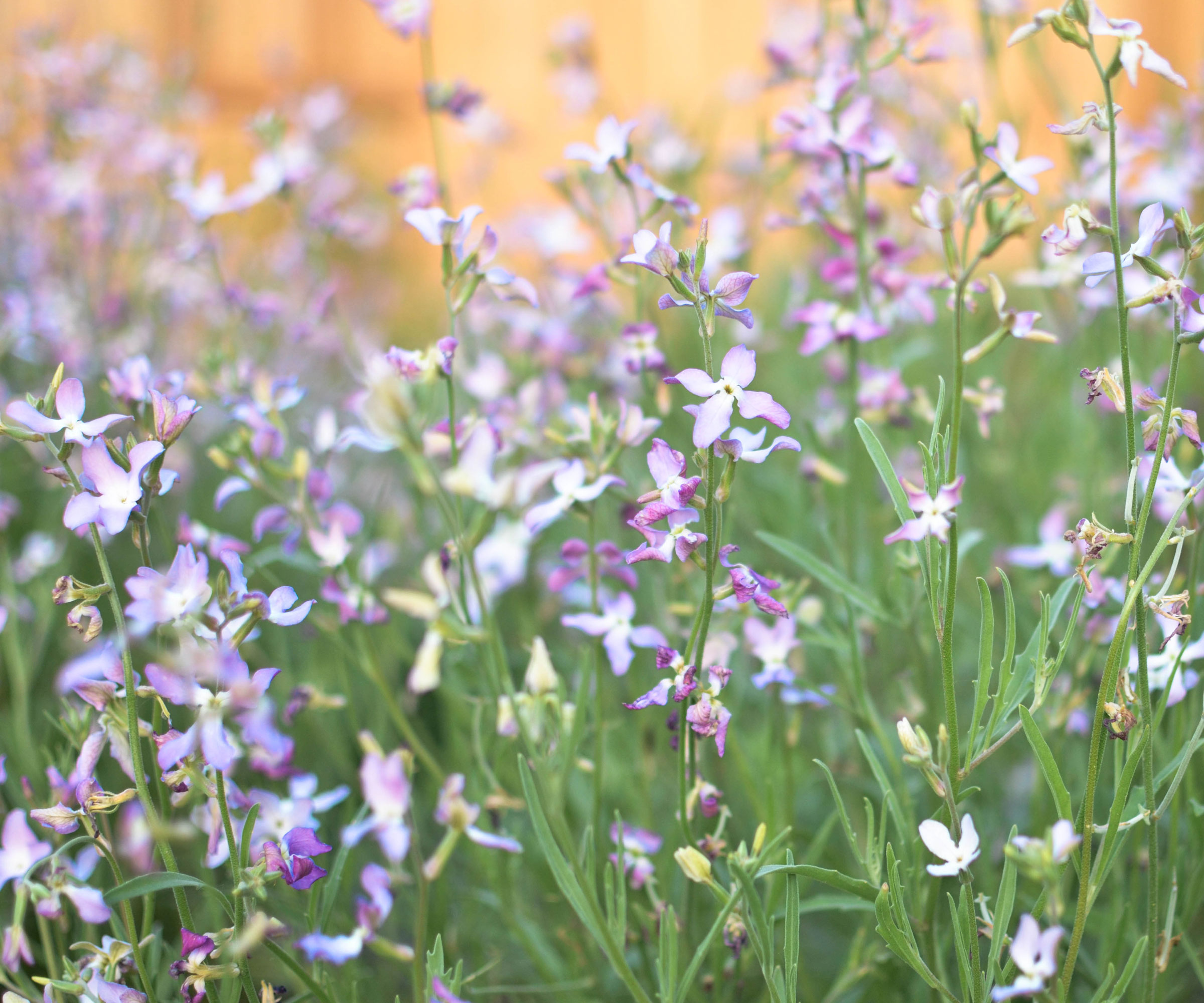
Evening stock (Matthiola longipetala) is an annual grown from seed. Its tall wiry stems reach 18-24 inches (46-60cm) and produce star-shaped flowers in creamy yellow, pink, or white. Plant it in a sunny garden and enjoy its heady fragrance at night.
5. Four O’Clocks
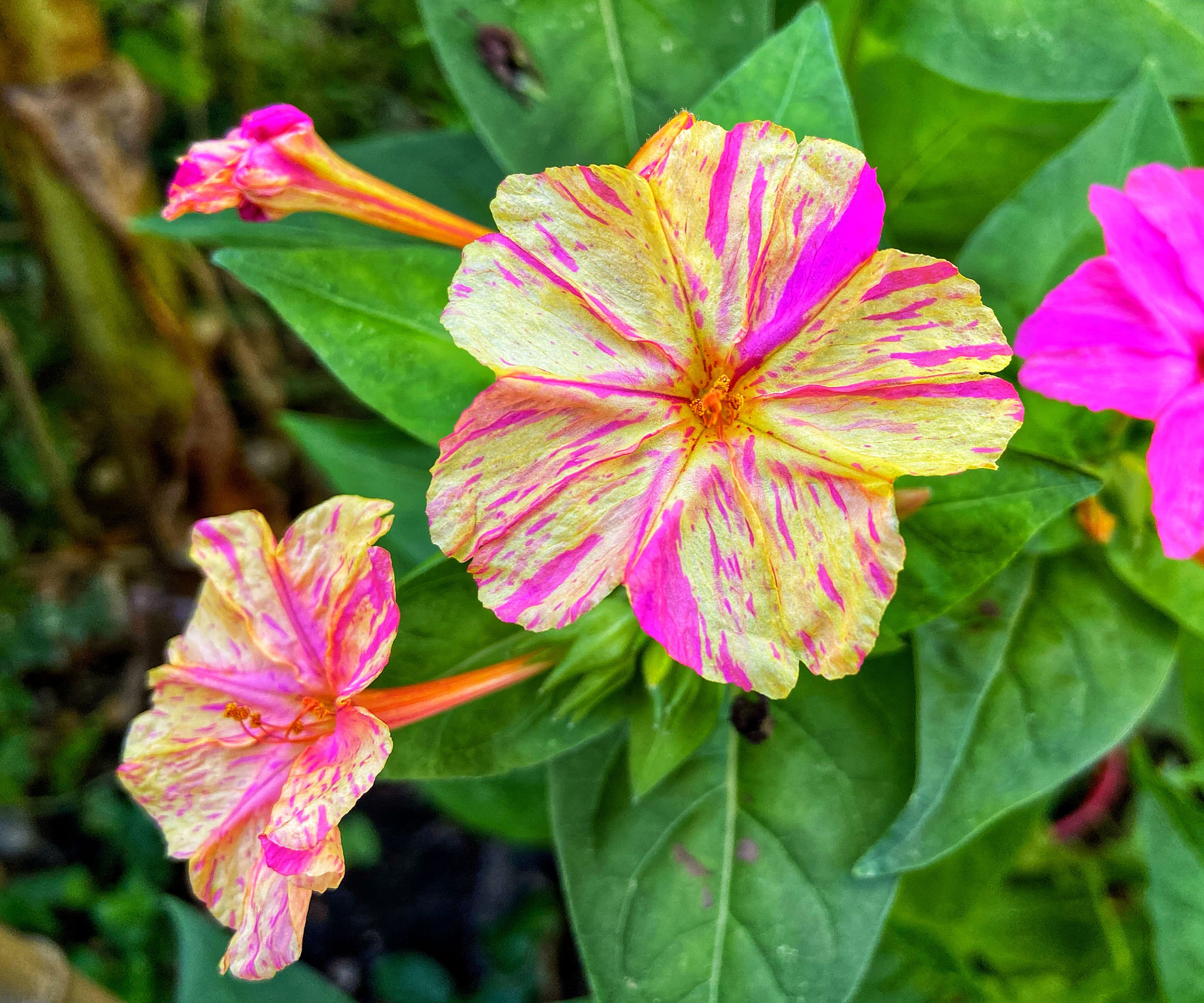
The four o’clock (Mirabilis jalapa) is one of those old fashioned flowers your grandmother probably grew. They are an annual but freely reseed each year. Tubular flowers in orange, pink white, yellow, and bicolor grow up to 12 inches (30cm) and bloom all summer, from late afternoon through the evening.
Add some vibrant pinks and oranges with intensely vivid ‘Kaleidoscope’ four o’clocks from Burpee for a summer-long glow in your moon garden.
6. Jasmine
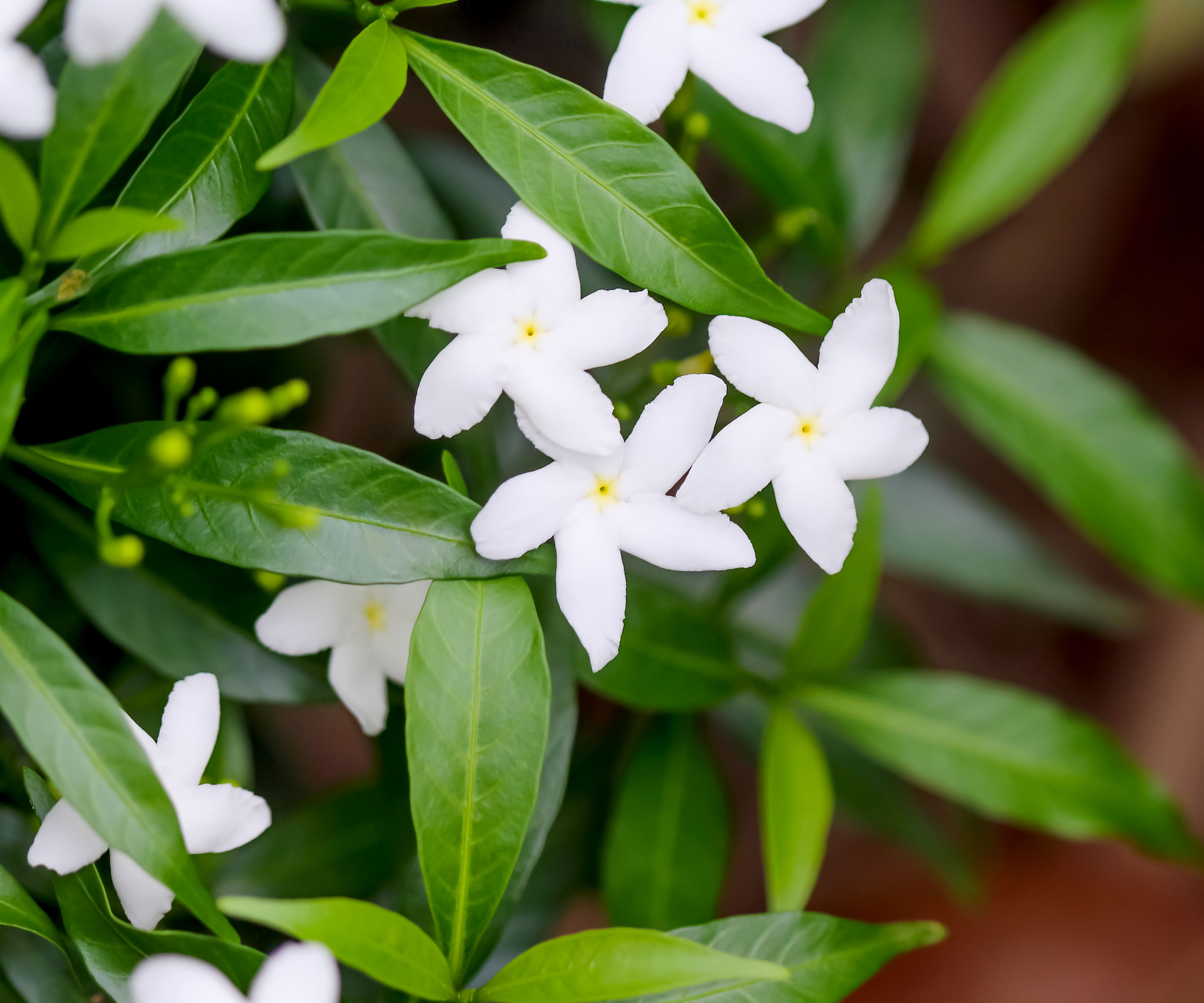
Sweet scented jasmine (Jasminum officinale) is a vine that can be pinched into a shrub form and used as a hedge within its USDA 7-10 hardiness zones. Its white flowers bloom from spring to fall, attracting insect pollinators. Jasmine prefers full sun to part shade and moderate moisture.
7. Moonflower
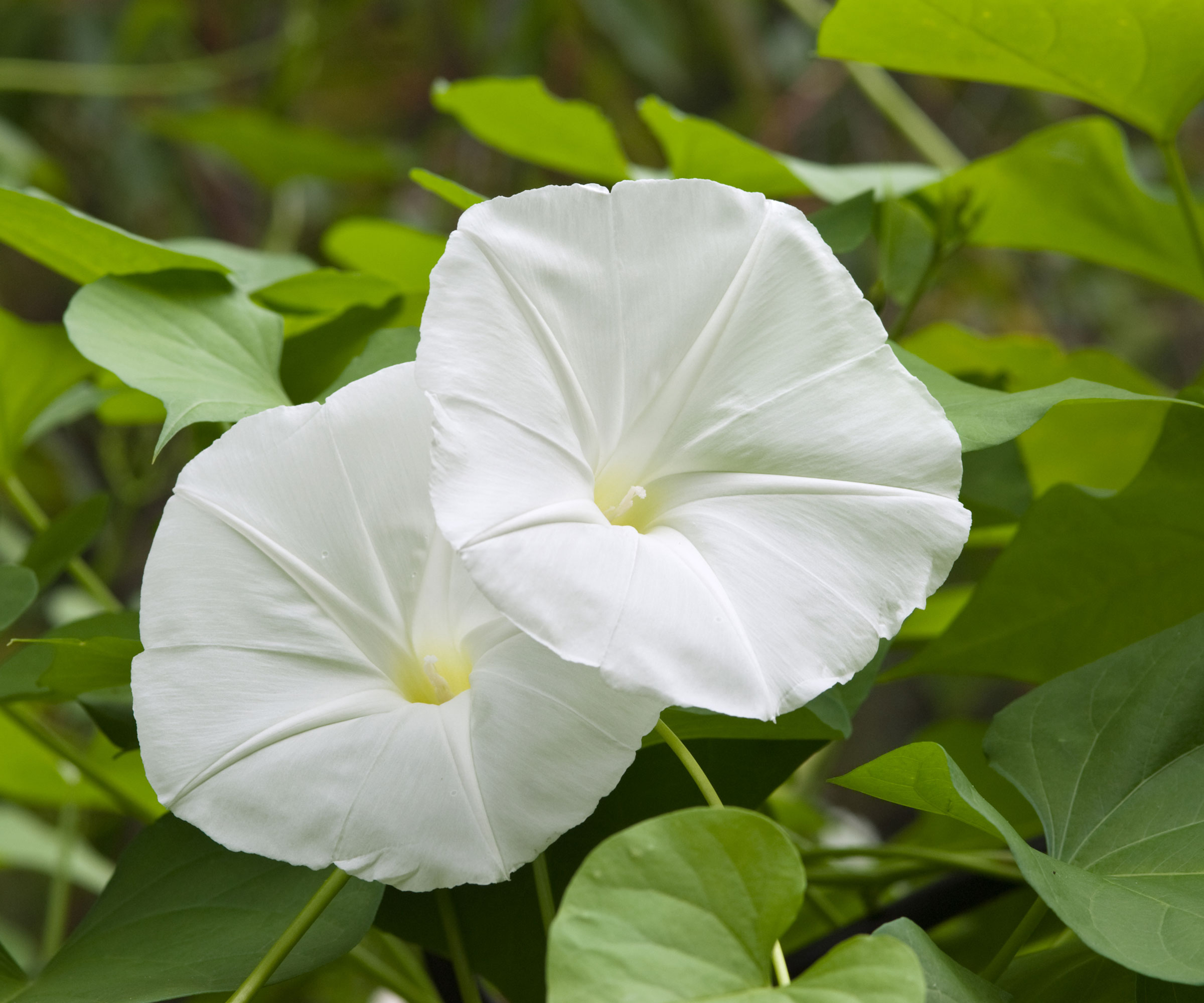
Moonflower (Ipomoea alba) is an annual vine growing to 20ft (6m) tall. The potent fragrance of moonflower is well worth waiting for each evening. Its white, saucer shaped flowers last for only one night. It sounds like unusual advice for a night bloomer, but you need to plant this enigmatic beauty in a sunny location.
8. Garden Phlox
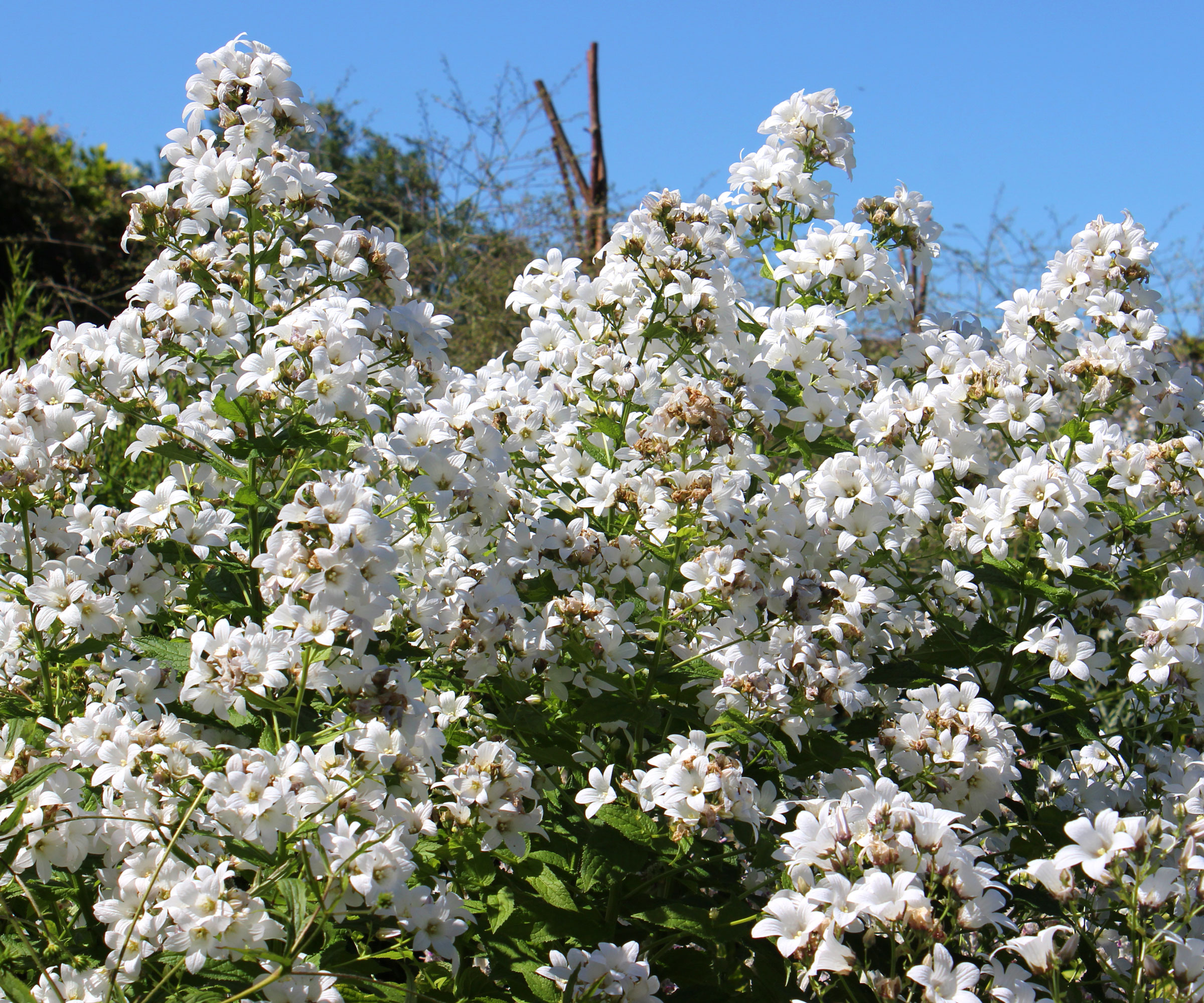
Garden phlox (P. paniculata ‘David’) is a white variety of phlox that grows up to 4ft (1.2m) tall and is fragrant all day and into the evening. Plant it in full sun to part shade where it has plenty of air circulation to prevent powdery mildew, although this variety is resistant. Phlox is hardy in USDA zones 4-8.
This article features products available from third party vendors on the Gardening Know How Shop. Keep in mind that our plant inventory is limited - so if you’re thinking of purchasing, don’t wait!
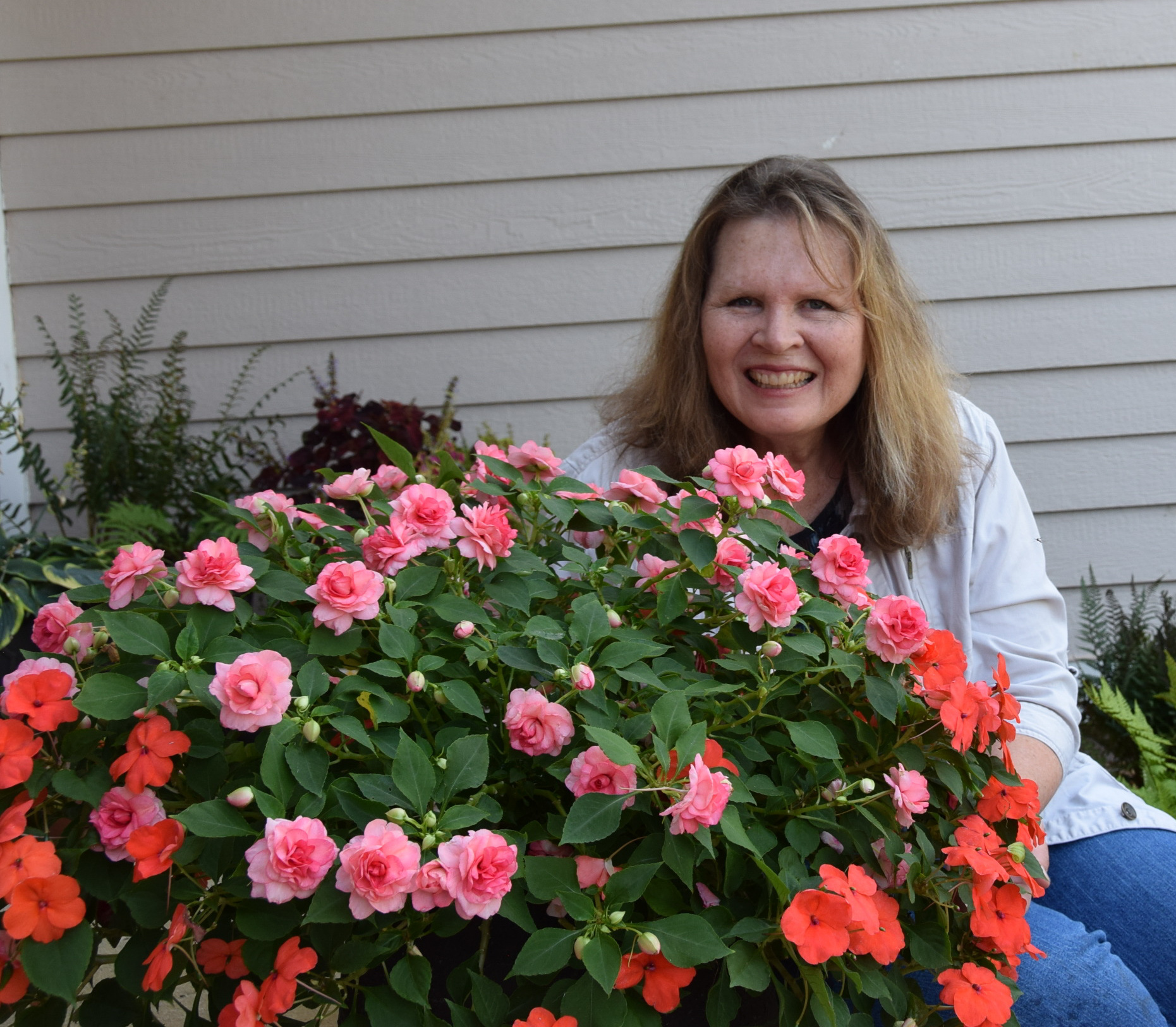
After graduating from Oklahoma State University with a degree in English, Susan pursued a career in communications. In addition, she wrote garden articles for magazines and authored a newspaper gardening column for many years. She contributed South-Central regional gardening columns for four years to Lowes.com. While living in Oklahoma, she served as a master gardener for 17 years.
- Amy DraissDigital Community Manager

